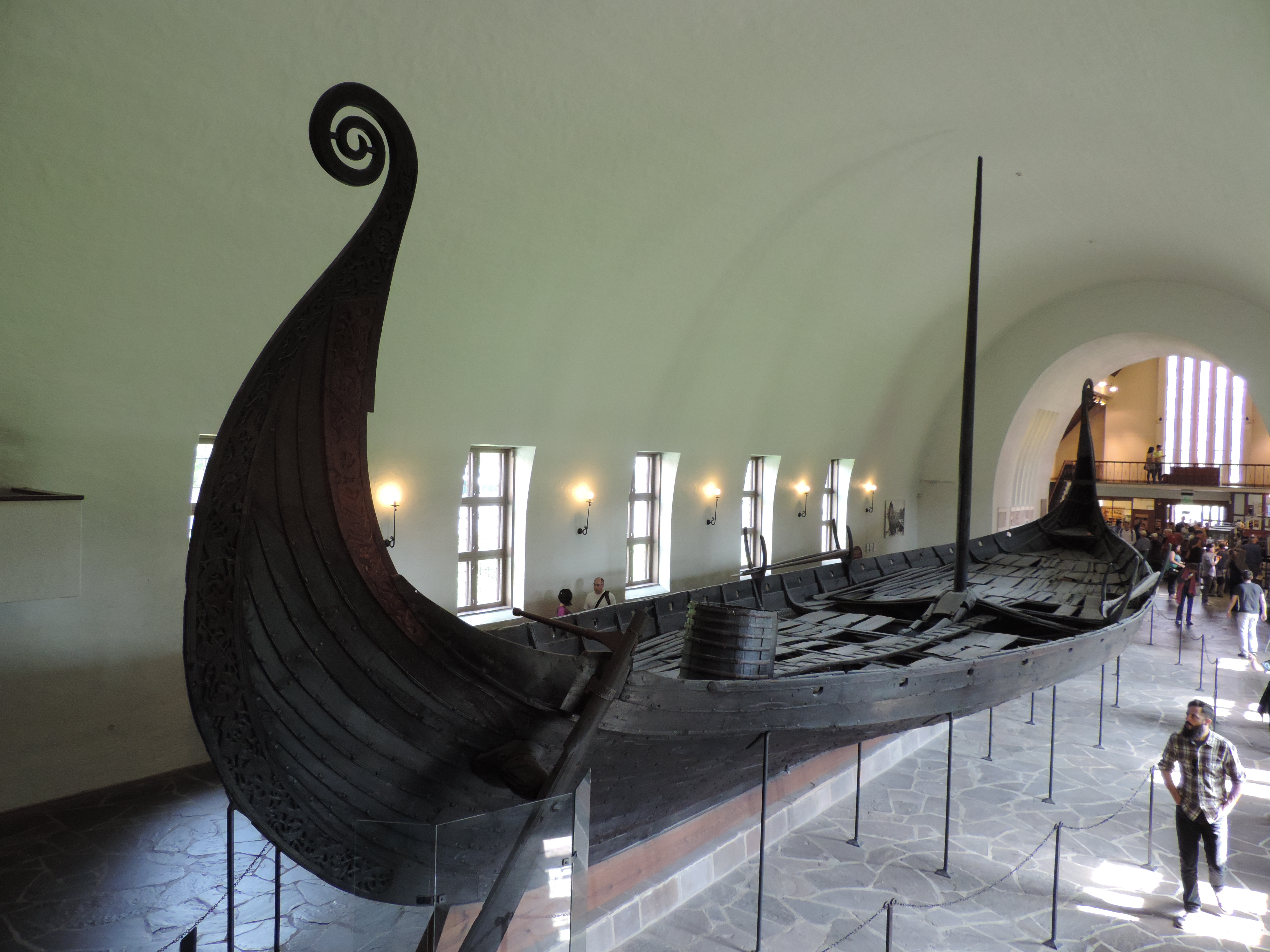Earlier in the year I glued together a papercraft lunar globe from Canon Creative Park.
Recently I've been thinking about making my own earth globe, but after watching this video it doesn't look easy. The time and skill required is amazing.
Recently I've been thinking about making my own earth globe, but after watching this video it doesn't look easy. The time and skill required is amazing.
If you are looking for a very simple sun or moon papercraft project, try this Pixelpapercraft Sun and Moon.




















